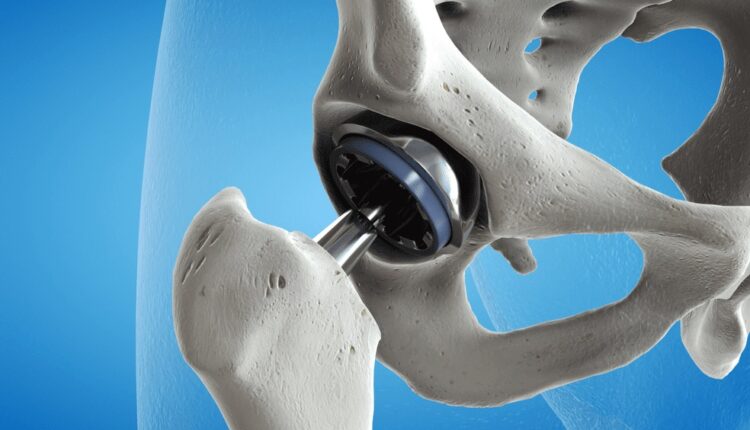Hip replacement occurs when the hip joint is replaced, mainly with prosthetic implants. The hip joint is one of the most critical joints in the human body, and it supports all movements and body weight.
However, a slight hip issue can significantly impact your health. The main aim of hip replacement surgery is to give you pain-free motion and complete hip function. There are various ways to carry out this procedure, but the poster approach is the most common.
On the other hand, a bikini hip replacement is a type of anterior approach whereby tendons and muscles need not be cut, unlike traditional methods. This procedure is prevalent, mainly in Europe, and new techniques have come up to make it more effective.
Below we discuss everything you need to know about hip replacement.
There are Various Types of Hips
Remember, most hip replacement procedures eliminate the entire hip joint, but doctors might suggest a partial replacement in some cases. Many times, this process eliminates and replaces the thigh bone’s ball.
The most common types of total hip replacements include uncemented, cemented and a blend of both. Every replacement has its benefits, meaning you should contact your doctor to determine the best for you.
Artificial Hips Last Long
The main benefit of artificial hips is they have a long lifespan, mainly around fifteen to twenty years. Most people get an extra hip after around twenty years, but specific procedures prolong its lifespan.
Overweight individuals are likely to have a higher joint failure rate than others. It is also advisable to get additional exercise to stabilize and strengthen your hip.
Its Risks are Manageable
Unlike what most people assume, hip replacement has many risks but is highly successful. The main risks include infection, bleeding, and implant failure. Medical practitioners mainly prescribe anticoagulants to prevent blood clots a few days after surgery.
Patients are advised against crossing their legs, or sleeping with pillows between them, as it lowers the hip’s effectiveness.
Physical Therapy Is Important for Recovery
Hip replacement patients will stay at the hospital for around five days after surgery, and recovery entails a few weeks of rehabilitation and physical therapy. These steps will enhance your joint function and mobility, thus making the replacement successful.
Full recovery lasts around six weeks, and you should consult your doctor to know what to expect.
Main Complications During Hip Replacement
As stated above, a bikini hip replacement has its pros and cons. The most common disadvantages include the following;
Blood Clots
These might occur if an individual skips their blood-thinning medicine. Recipients are advised to be active after the surgery to prevent blood clots and wear compression stockings.
Fracture
Chances of a fracture increase significantly after hip replacement surgery. Fractures are rare but should be addressed immediately to prevent further complications. Some patients also experience infections, but they can easily be treated.
Final Thoughts
Hip replacement procedures have become increasingly common today, and it is hard not to see why. The above article has discussed everything you need to know about this procedure, and more information is available online.


Comments are closed.